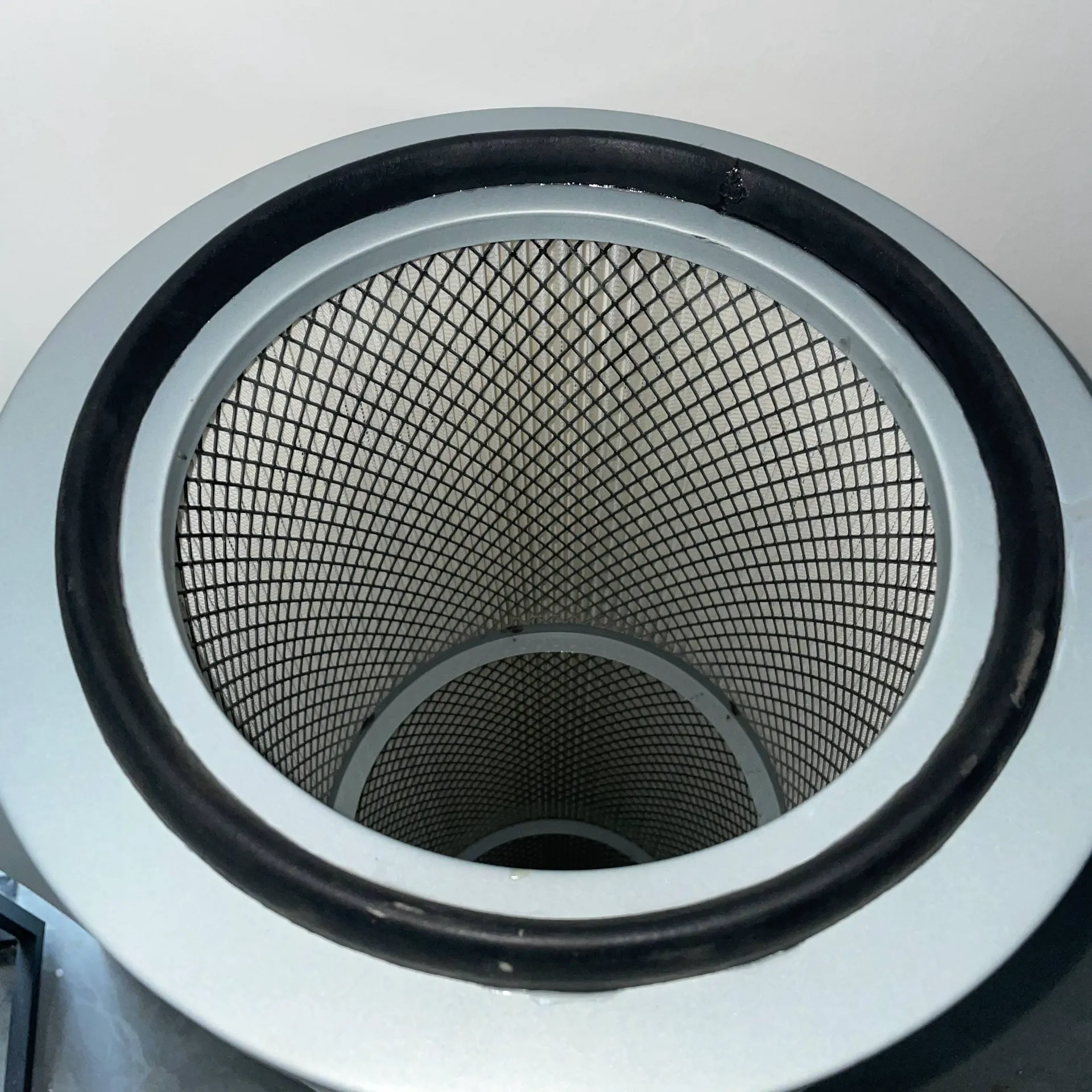 Tel:
+8615930870079
Tel:
+8615930870079
Out . 15, 2024 06:43 Back to list
Antistatic Filter Element for Enhanced Dust Control and Protection in Sensitive Environments
Understanding Antistatic Filter Elements Critical Components in Dust Control
In industrial settings where dust and particulate matter can pose serious health and safety risks, efficient filtration systems are paramount. One of the most significant advancements in this field has been the development of antistatic filter elements. These specialized filters play a vital role in not only capturing harmful particles but also preventing the accumulation of static electricity, which can lead to hazardous situations such as explosions or equipment malfunctions.
What Are Antistatic Filter Elements?
Antistatic filter elements are specifically designed to minimize the effects of static electricity in dust collection systems. Static electricity can build up in a system as dust and particulates pass through the filter. This buildup can result in sparks that may ignite flammable materials, making antistatic features essential in many industries, particularly those dealing with fine powders, chemicals, and other combustible dust.
These filters incorporate materials or coatings that dissipate electric charges, thereby reducing the risk of static generation. By enhancing the conductivity of the filter media, antistatic filter elements can effectively route static charges away from the filtration system, ensuring safe operation.
Applications of Antistatic Filter Elements
The applications of antistatic filter elements are widespread, touching various industries, including
1. Pharmaceutical Manufacturing In environments where flammable powders are processed, antistatic filters help maintain a safe and controlled atmosphere, protecting workers and equipment alike.
2. Food Processing The food industry often deals with powdered ingredients that can generate static. Using antistatic filters helps in maintaining product hygiene and preventing contamination from static discharge.
3. Chemical Processing The chemical industry frequently utilizes flammable substances. Antistatic filter elements are crucial in these settings to avoid fires and explosions caused by static buildup.
4. Electronics Manufacturing Static electricity can damage sensitive electronic components. Antistatic filters reduce static charge accumulation, safeguarding both the products and personnel.
5. Woodworking In woodworking operations, sawdust is a major concern. Antistatic filtering helps to mitigate the risks associated with sawdust accumulation, which can also pose a fire hazard.
antistatic filter element

Key Benefits of Antistatic Filter Elements
1. Enhanced Safety The primary advantage of using antistatic filter elements is the significantly reduced risk of static-related incidents. By preventing sparks and discharges, these filters contribute to a safer working environment.
2. Improved Filtration Efficiency Antistatic properties can enhance the performance of the filter itself, allowing it to capture finer particles and debris more effectively. This results in cleaner air being circulated back into the environment.
3. Longevity of Equipment By maintaining a stable static environment, antistatic filters can help prolong the lifespan of machinery. Static discharge can lead to premature wear and tear, which can be mitigated with the right filtration.
4. Cost-Effectiveness While antistatic filter elements may come at a higher initial cost compared to standard filters, their ability to improve safety, efficiency, and equipment longevity makes them a worthwhile investment.
Maintenance of Antistatic Filter Elements
To ensure the continued performance of antistatic filter elements, regular maintenance is essential. This includes
- Routine Inspection Filters should be inspected periodically to check for signs of wear, tear, or clogging. Any issues should be addressed promptly to prevent safety risks and operational disruptions.
- Cleaning Procedures Depending on the type of filtration system and particulate matter being collected, filters may need to be cleaned or replaced regularly. Following the manufacturer's guidelines for cleaning methods can help maintain the integrity of antistatic properties.
- System Checks Regularly auditing the filtration system for potential static buildup sources can help ensure that the overall safety measures are in place and functioning properly.
Conclusion
Antistatic filter elements are indispensable in modern industrial operations where dust and static electricity pose significant risks. By providing superior filtration capabilities while enhancing safety, these components play a crucial role in protecting both people and processes. As industries continue to evolve, the importance of integrating advanced filtration solutions into safety protocols will only grow, making technologies like antistatic filter elements vital for future operations. Investing in quality antistatic filtration systems is, therefore, a proactive step towards ensuring a safer and more efficient workplace.
-
Types and Applications of Air Filtration CartridgesNewsJul.28,2025
-
The Role of Gas Turbine FiltersNewsJul.28,2025
-
Mastering Air Filter Cartridge UseNewsJul.28,2025
-
Advanced Turbine Filters for Modern Gas TurbinesNewsJul.28,2025
-
Cellulose Air Filter Cartridge Advantages in Dust FiltrationNewsJul.28,2025
-
Cellulose Filters for Air Particle ReductionNewsJul.28,2025

 Email:
Email:





